A follicle fruit is a type of dry, simple fruit that develops from a single carpel (the female part of the flower) and splits open along one seam when ripe to release its seeds. Unlike pods (like peas), which split along two seams, follicles only open on one side.
To give you a clearer picture of follicle fruits, here are 12 familiar examples, along with explanations of why they qualify as follicle fruits and a few interesting details about each.
1. Milkweed (Asclepias)
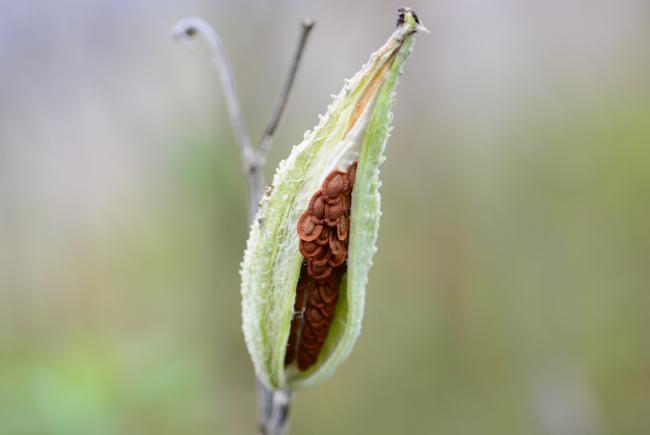
Milkweed produces long, slender pods that split open on one side to release silky seeds carried by the wind. This one-sided opening makes it a follicle fruit. Aside from being a textbook example of this fruit type, milkweed plays a crucial role in nature—its seeds travel far for reproduction, and its leaves provide the only food source for monarch butterfly caterpillars.
2. Columbine (Aquilegia)
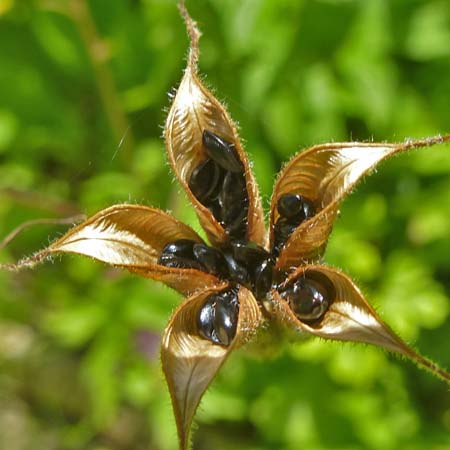
Columbine flowers give rise to several small pods, each a follicle fruit that splits along one seam to scatter tiny black seeds. These dry fruits are simple but elegant in form. Columbine plants use this method to spread naturally across woodlands and meadows. Their unique fruit structure is a key identifier of the plant family Ranunculaceae.
3. Larkspur (Delphinium)
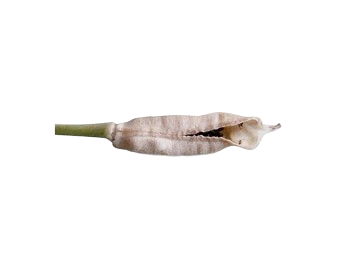
Larkspur develops clusters of dry follicles, each splitting on one side when mature. These fruits house many seeds, which help the plant spread widely in meadows and gardens. The follicle type fruit is common in Ranunculaceae, where dehiscent pods release seeds in an efficient way. Larkspur fruits remind us how delicate flowers can transition into simple yet effective seed vessels.
4. Peony (Paeonia)
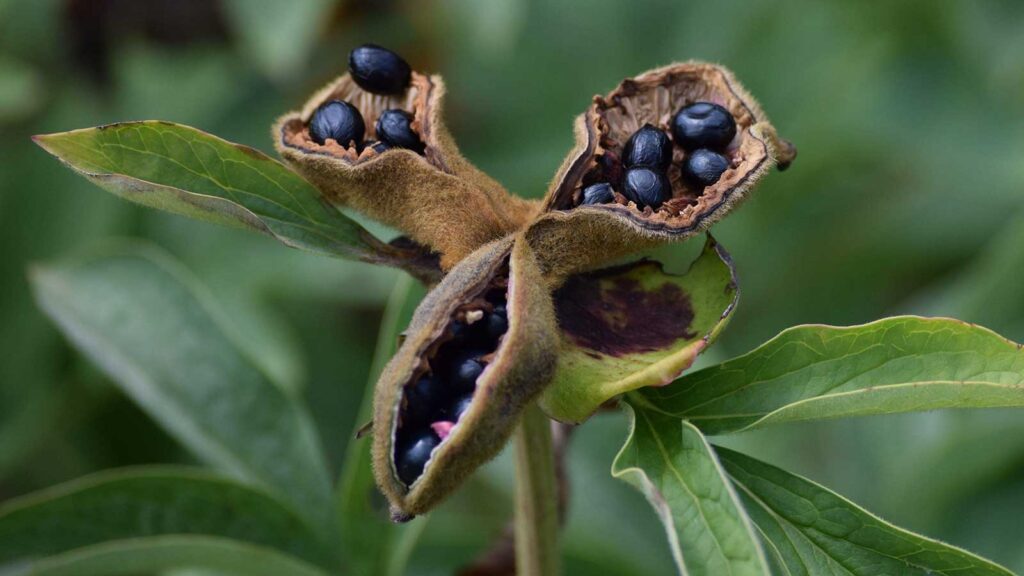
Peonies are admired for their lush blossoms, but their fruits are equally fascinating. After flowering, they produce groups of large follicles that open down one side to expose shiny black or red seeds.
5. Magnolia (Magnolia)
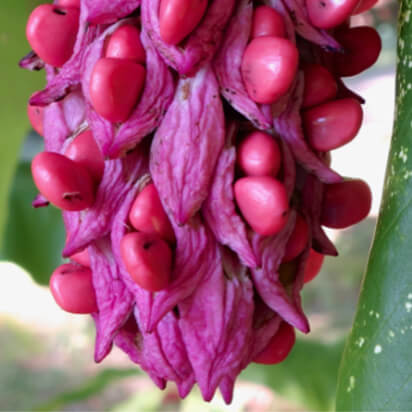
Magnolias create aggregate fruits made up of several follicles grouped together in a cone-like cluster. Each follicle splits open on one side to reveal red seeds, often dangling by threads.
6. Hellebore (Helleborus)
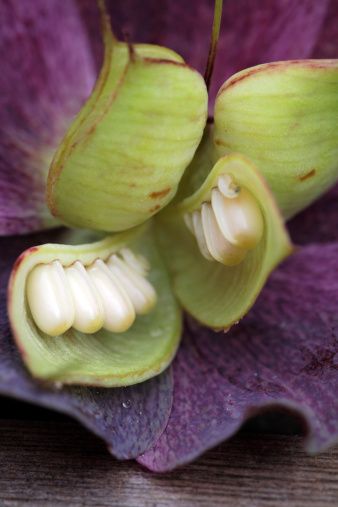
Hellebores, often called Christmas or Lenten roses, form clusters of dry follicles after flowering. Each follicle splits along one seam to release small seeds, making them a perfect example of this fruit type. Hellebore follicles may not look striking, but they play a key role in spreading the plant across shaded garden beds and woodland floors.
7. Calotropis (Calotropis procera)
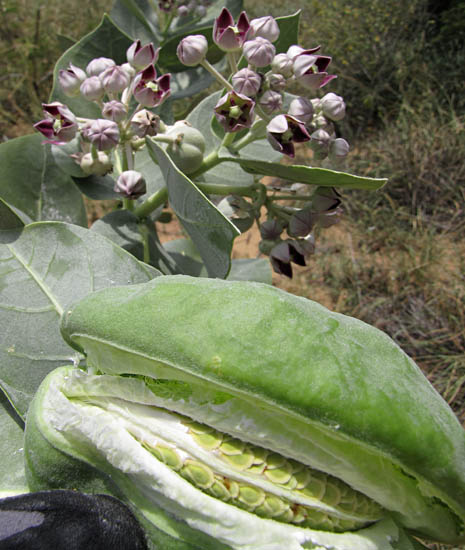
Calotropis, known as the “apple of Sodom,” forms large inflated follicles that burst open on one side. Inside, seeds are packed with silky hairs that help them drift in the wind. This dramatic dispersal system is typical of follicles, where a dry pod opens in one seam only. The plant’s distinctive fruits are a survival strategy in its arid habitats.
8. Banksia (Banksia)
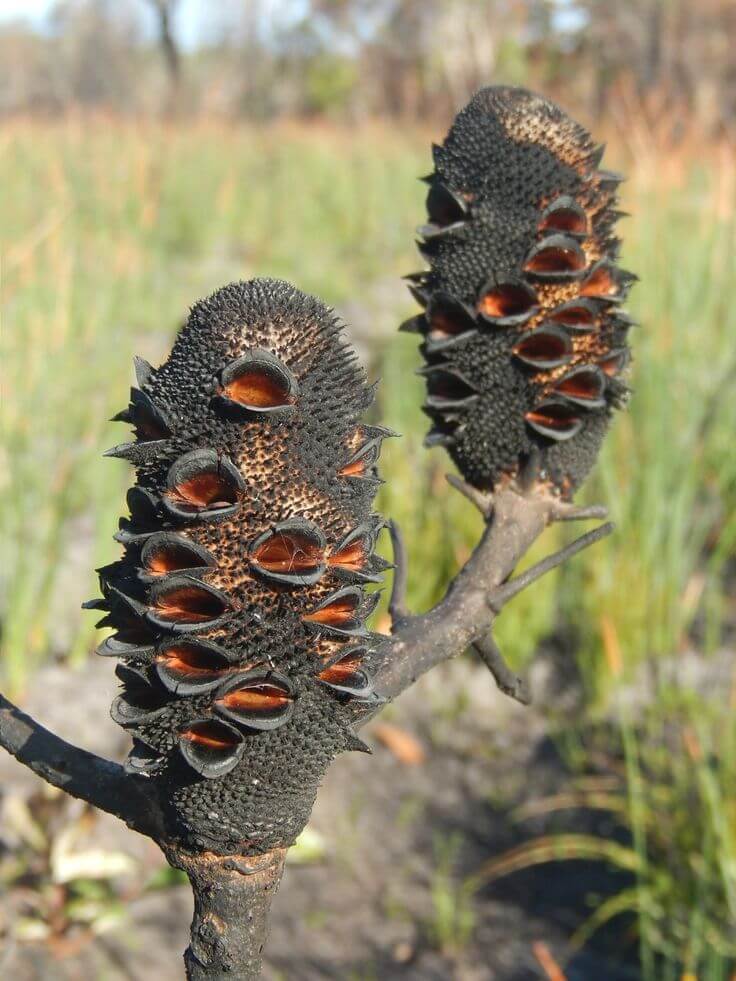
Banksia fruits vary across species, but many develop hard, woody follicles clustered together in cones. When mature, each follicle opens along one seam to release winged seeds, often triggered by fire or heat. This adaptation ensures regeneration in Australia’s fire-prone landscapes.
9. Nerium (Oleander)
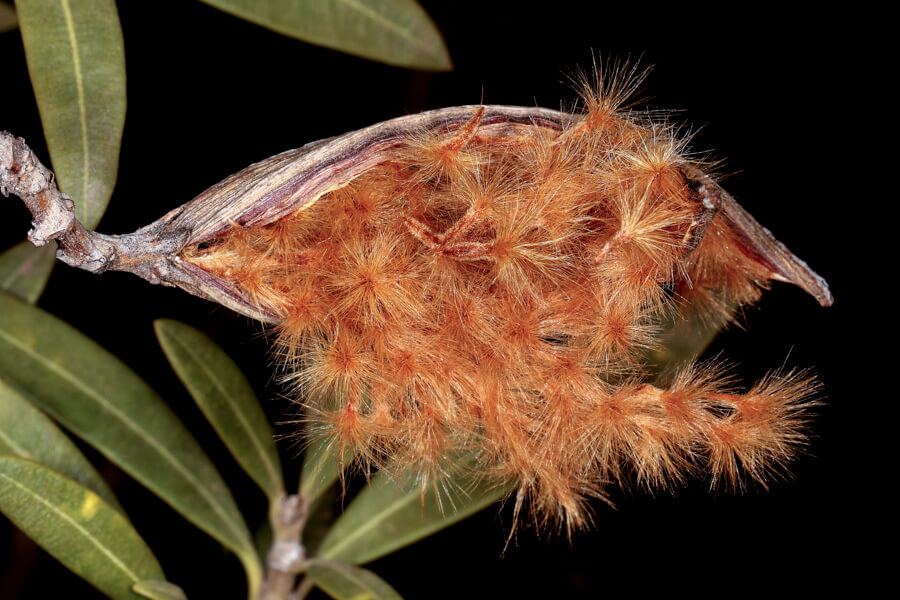
Oleander produces long, narrow paired follicles that split open down one seam when ripe. Inside, silky-haired seeds are released and scattered by the wind. Though the plant is highly poisonous, its fruit structure offers a striking example of follicle dispersal in ornamental shrubs.
10. Michelia (Michelia)
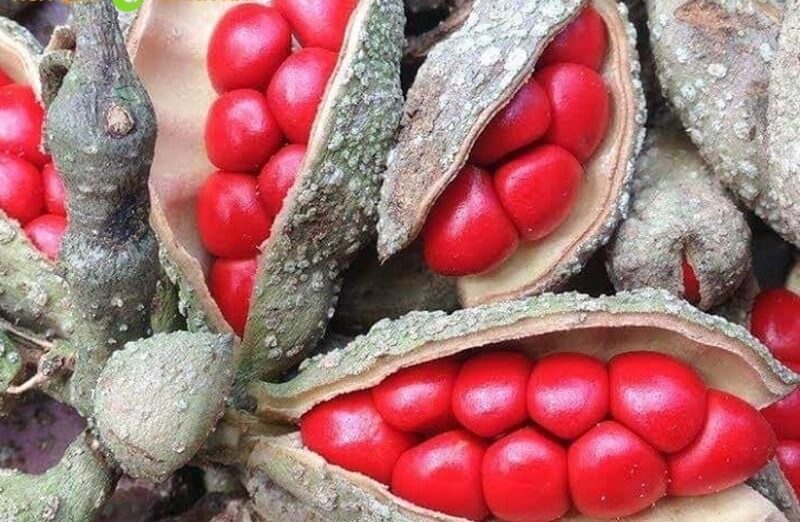
Michelia, related to magnolia, forms clusters of small follicles after flowering. Each follicle splits along a seam to reveal colorful seeds, often bright red, which attract birds for dispersal. Their aggregate arrangement creates a decorative effect that lingers even after the blooms fall.
11. Love-in-a-mist (Nigella)
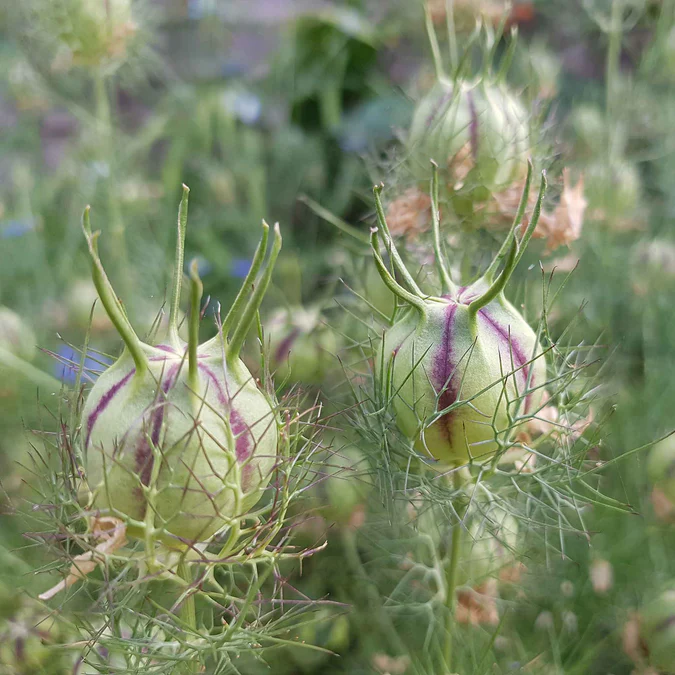
Love-in-a-mist produces balloon-like capsules, which are actually formed from multiple fused follicles. Each one eventually splits to release numerous seeds. Though they may look like capsules, the underlying structure points to follicle origins, with each section opening by a single seam.
12. Dogbane (Apocynum)
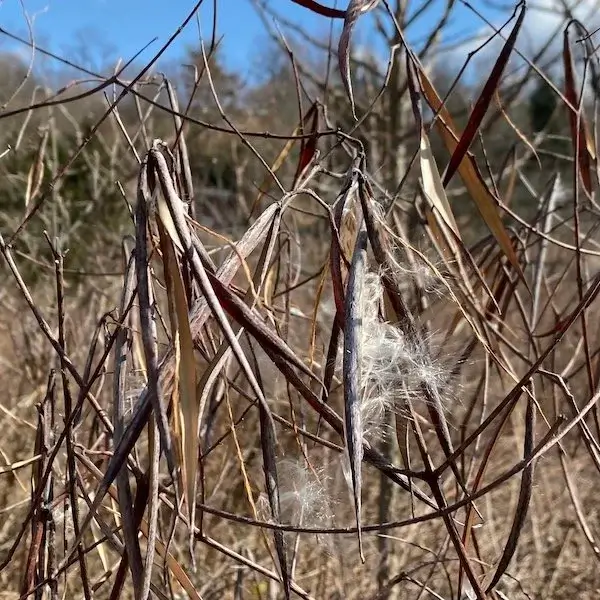
Dogbane develops long, narrow paired follicles that split down one side when ripe. Each follicle contains seeds with silky tufts that float away in the breeze, similar to milkweed. This method ensures wide dispersal across fields and riverbanks.
Discover Other Fruit Category Examples:
- Examples of Dehiscent Fruits
- Examples of Schizocarp Fruits
- Examples of Sorosis Fruits
- Examples of Accessory Fruits
- Examples of Drupe Fruits
- Examples of Stone Fruits
- Examples of Pome Fruits
- Examples of Capsule Fruits
- Examples of Multiple Fruits
- Examples of Aggregate Fruits
- Examples of Achene Fruits
- Examples of Fleshy Fruits
